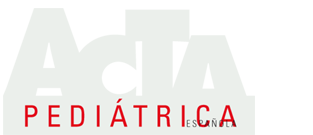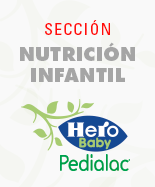Resumen
La leche materna contiene más de 130 oligosacáridos distintos, que constituyen el tercer componente de ésta. Su concentración total disminuye a medida que avanza el curso de lactancia, de modo que al año contiene menos de la mitad que en las primeras semanas de vida. Los oligosacáridos más abundantes en la leche humana son libres (no conjugados) y neutros y contienen fucosa. Los oligosacáridos fucosilados pueden tener un enlace 2-fucosa o 3-fucosa, composición que varía según la procedencia de las madres y el curso de la lactancia. Los oligosacáridos actúan como receptores competitivos sobre la superficie celular del huésped, previniendo así la adherencia de determinados patógenos. La fracción de oligosacáridos no digerida en la leche materna estimula el crecimiento de bifidobacterias en el colon, y esta flora podría tener efectos beneficiosos de protección frente a infecciones entéricas. Así, los oligosacáridos son un componente principal del sistema inmunológico innato por el cual la madre protege a su hijo de patógenos (entéricos o de otra localización) durante la lactancia.
Abstract
Human milk contains more than 130 different oligosacchar¬ides. Oligosaccharides are the third constituent of human milk. The total concentration of oligosaccharides decline over the course of lactation, so that the mean concentration after one year is less than half that in the first weeks of life. The most common human milk oligosaccharides are free (non-conjug¬ated), neutral, and containing fucose. Fucosylated oligosaccharides can be 2-linked fucose or 3-linked fucose, and these patterns of milk oligosaccharides vary among individuals and during lactation. Oligosaccharides act as competitive receptors on the host cell surface, thereby preventing adhesion of a number of bacterial and viral pathogens. Part of the undigested oligosaccharides in human milk may contribute to stimulation of the growth of bifidobacteria in the colon, and this flora might have beneficial effects such as some protection against enteric infections. Thus, oligosaccharides are a major constituent of an innate immune system of human milk, whereby the mother protects her infant from enteric and other pathogens through breastfeeding.















